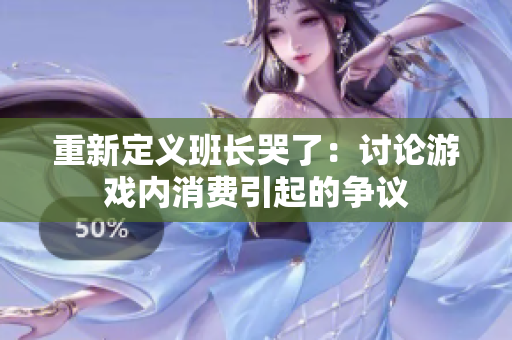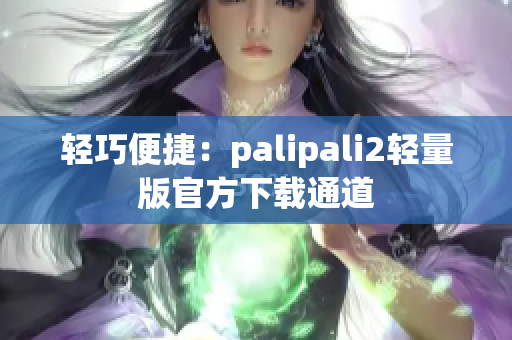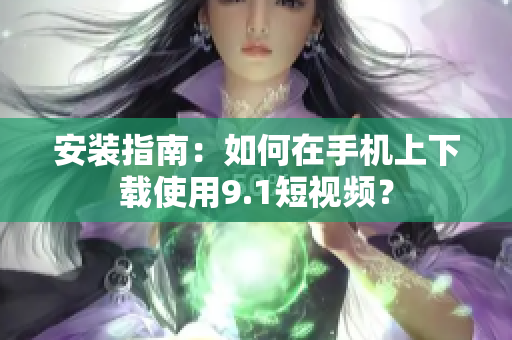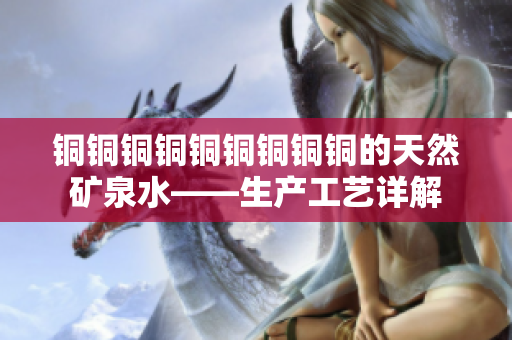Introduction
In today's world, there are many different aspects of life that are important to people. One of these is art, specifically humanistic art. Western civilizations have been known for producing some of the best humanistic artwork in the world. At the same time, technology has advanced rapidly, and mainland China has been at the forefront with 5G technology. However, students are facing challenges with their coursework and extracurricular activities. This article will explore the relationship between top Western humanistic art and the current challenges facing students in mainland China. We will also discuss the importance of Southeast Asian early childhood education.
Top Western Humanistic Artworks
Western civilizations have produced many humanistic artworks that have stood the test of time. The Mona Lisa by Leonardo da Vinci is one of the most well-known and highly regarded paintings in the world. It is admired for its composition, technique, and mystery. The Sistine Chapel ceiling by Michelangelo is a stunning example of fresco painting that depicts scenes from the book of Genesis. The sculpture Pieta by Michelangelo is a touching representation of Mary holding the lifeless body of Jesus. These artworks, and many others, demonstrate the mastery of Western art.
Mainland China 5G Technology and Student Challenges
Mainland China has taken a significant step forward with their 5G technology, which is seen as a critical component of the country's infrastructure. The 5G network provides faster and smoother data transmission, making it easier to access information, entertainment, and communication. However, students, especially those in high school, are facing significant challenges in their studies and extracurricular activities. There is pressure on students to excel in their academics while also participating in sports, music, and other areas, which leaves very little time for personal pursuits or relaxation. This creates stress and anxiety, which can negatively impact the mental health of students.
The Controversy over In-Game Purchases
In recent years, one of the most popular trends in gaming is in-game purchases. This allows players to buy additional features or items for their games, often using real money. However, there has been much controversy over the impact of in-game purchases, particularly on young people. Some argue that in-game purchases are necessary to support the development of video games. Others believe that they lead to gaming addiction and financial harm to players, especially minors. This debate continues to rage on, and parents and educators are trying to find a way to balance the benefits and drawbacks of in-game purchases.
The Pressure of English Class and Cheating
One of the most significant challenges facing high school students is the pressure they face in English class. English is a crucial subject for students who want to attend top universities or study abroad. There is immense pressure to perform well in English class, leading some students to cheat. Cheating is a common problem in Chinese schools, and many students feel like they have no choice but to cheat to keep up with their peers. This mentality can be harmful to the student's personal development and may lead to ethical issues in the future. Moreover, cheating does not guarantee success and can hamper the development of critical thinking and problem-solving skills that are essential for success in the long run.
The Importance of Southeast Asian Early Childhood Education
In recent years, early childhood education has become an increasingly important topic in Southeast Asian countries. Parents are recognizing the value of early childhood education and are investing more in it. Early childhood education has numerous benefits, including helping children develop social and emotional skills, improving cognitive development, and preparing children for future academic success. However, there is a scarcity of early childhood education programs in many Southeast Asian countries, which stems from factors such as inadequate funding, lack of teacher training, and cultural attitudes towards early childhood education. There is a real need for political and social action to address these issues and make early childhood education more accessible to all.
Conclusion
Art, technology, education, and personal development are all interconnected aspects of modern life. Top Western humanistic artworks have become cultural icons, and mainland China's advancements in 5G technology will continue to shape the country's future. At the same time, students in China and around the world are struggling with academic and personal pressures. The controversy over in-game purchases, the pressure to excel in English class, and the scarcity of early childhood education in Southeast Asia are all critical issues that require attention and action. By understanding the relationships between these different aspects of life, we can work to create a brighter future.









